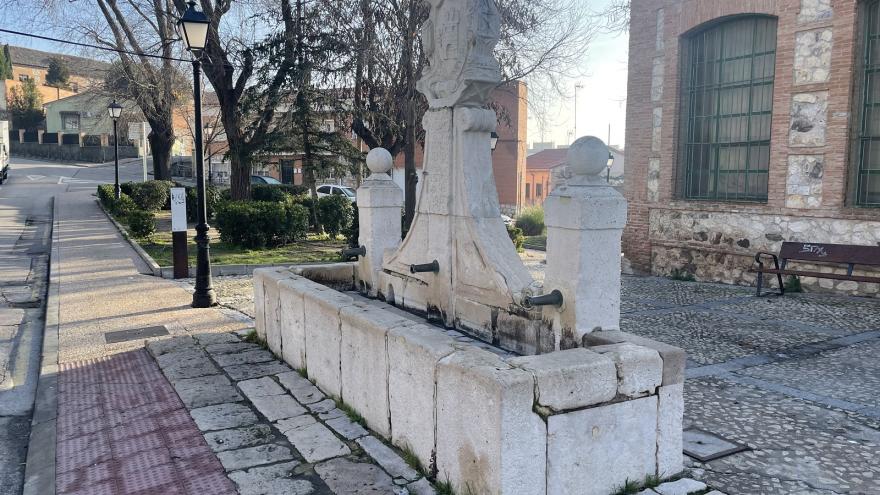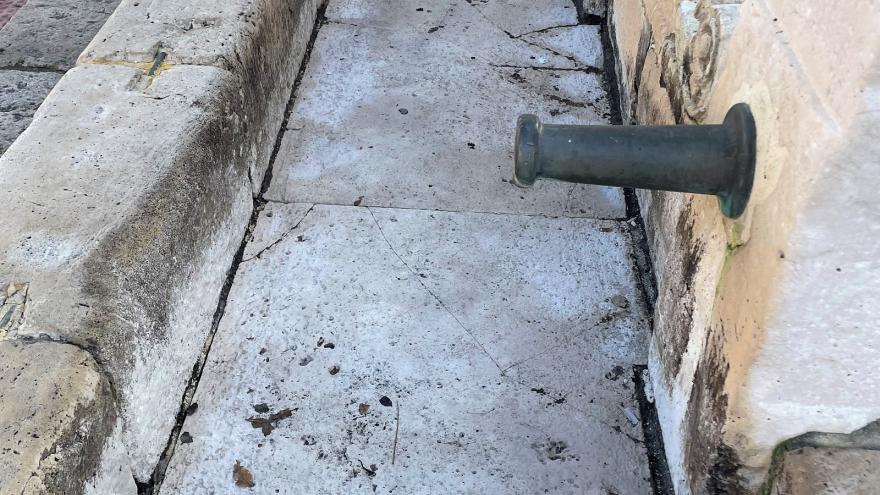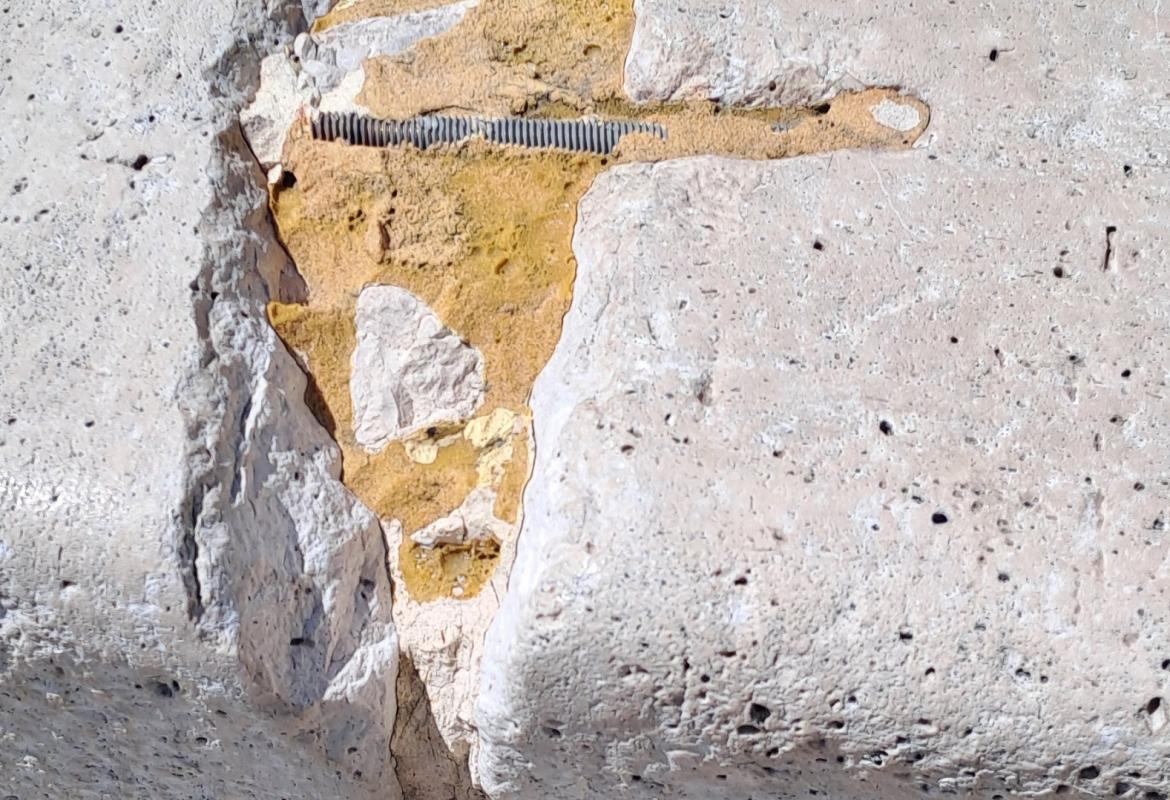

Restoration of the Fountain of the Villa de Valdemoro
17th century stone construction
The Villa's fountain was built in stone from Colmenar de Oreja in 1605 by the Council of Valdemoro. Its construction was a milestone for the residents of this municipality, bringing the waters of a nearby spring closer to the town.
The Villa's fountain
Initially created for human consumption, its use has varied over time, as evidenced by the inscriptions located on the front and back of the central pillar of the fountain. They record its construction at the beginning of the 1778th century, when Don Pedro Vázquez Marín was the town's mayor, and its reconstruction in XNUMX, during the time of Charles III, to add a drinking trough or basin at the back that separated the space for human use from that for animal consumption. The excess water from the fountain came out through a hole in the parapet of the main basin. This hole is still visible despite the disappearance of the drinking trough and the two washing basins, which were also installed at a later date.
The third legible inscription refers to a restoration carried out in 1940, when Eusebio Blanco Otero was mayor of Valdemoro, which could have been intended to remedy damage caused during the Civil War or to restore it to optimal operation after a period of lack of maintenance. This intervention, of which there is no written record, would be the first of a series of restorations, of which two are documented: one in 1997 and another in 2003, carried out respectively on the initiative of the Canal de Isabel II and the Community of Madrid.
restoration project
The Fountain of the Villa de Valdemoro was in a very deteriorated state, mainly due to exposure to the elements, in addition to the intrinsic degradation processes of stone and metal. To recover its aesthetic value and preserve its historical and documentary value, a series of interventions have been carried out, with the priority being the reversibility of the materials and techniques used:
- Operation of the fountain's hydraulic system. The fountain had a series of breaks and leaks at various points through which water ended up escaping through the walls to the outside. These have been repaired and sealed.
- Treatment and cleaning of stone elements and pavement. The surface dirtiness of the fountain favoured the permanence of pockets of moisture and the growth of microorganisms, as well as evident aesthetic deterioration. Dry surface cleaning, mechanical cleaning by spraying and localised chemical cleaning were carried out in those areas that had encrusted and resistant patinas or crusts.
- Removal of non-original elements and inadequate and/or degraded mortars.
- Biocidal treatment to treat the proliferation of algae, lichens and other microorganisms.
- Water repellency, to protect from moisture and the action of rainwater and splashes.
- Waterproofing of the glass
The fountain showed material losses along the edges of the ashlars and erosion of sculptural volumes, the effect being more evident in the areas most exposed to the abrasive action of the wind, the direct effect of rainfall and thermal contrasts. The metal elements have also received a specific treatment.
- Surface consolidation punctual, there where the Colmenar stone was scattered, as on the surface of the shield that tops the set.
- structural consolidation, by anchoring the elements at risk to a healthy support and injecting hydraulic lime into the interior of the structure and to treat cracks and fissures.
- Treatment of bronze pipes with dry cleaning of surfaces affected by dust and biological accumulations, as well as deep mechanical-chemical cleaning, applying protective products.
- Replacement of iron staples: The non-original stainless steel rods that were in the parapet of the basin have been replaced by forged iron staples that were made to fit the ashlars and leaded. The original staples of the fountain have been reproduced by manufacturing them with antique iron forged by a master blacksmith, who has protected the metal surface from corrosion.















